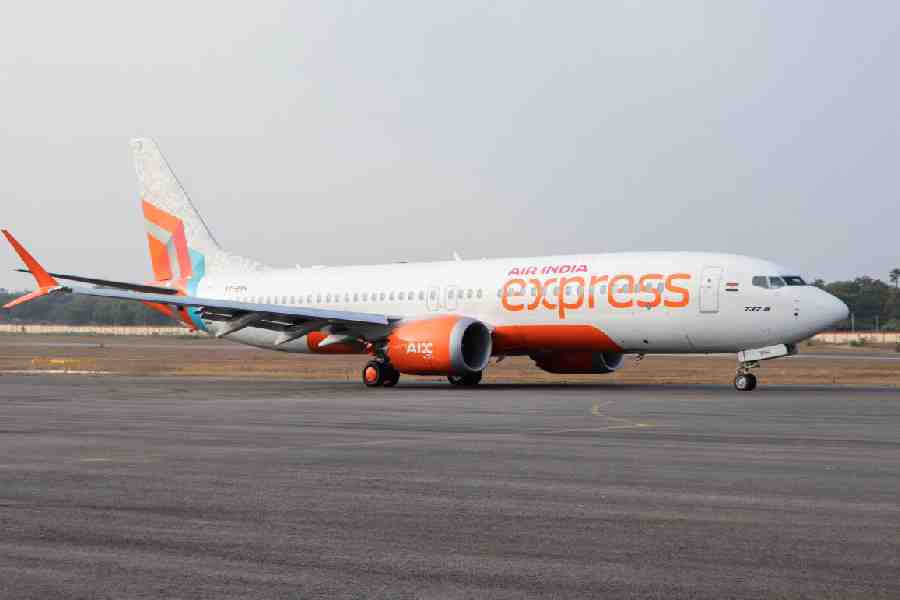 |
| A glimpse of the sleepy Welsh town of Llanfairpwllgwyngyllgogerychwyrndrobwllllantysiliogogogoch |
Much uproar over the naming of railway stations recently, so Only Connect slips into its anorak and goes trainspotting. One goes back to 1830, when the Liverpool Road railway station opened and went on to survive to this day, though no longer in use. Of stations still in use, the oldest appears to be Earlstown in the charmingly named Newton-le-Willows, which started operations in 1835. Within two decades, construction on the famed London underground had begun, and in 1863, the Metropolitan Railway opened between Paddington Station and Farringdon Street via King’s Cross.
But what of exciting names? By all accounts, railway officials the world over seem to have been extremely conservative in the matter of naming stations. Thus one looks in vain for stations named after the Beatles in Liverpool, or Charles Dickens in London. In despair, one turns to the Paris metro which came into being in 1900, and is now the densest underground system in the world, with 245 stations within the city limits. Of these, many are named after French writers and artists, such as Voltaire, Victor Hugo, Anatole France, Pablo Picasso and Raymond Queneau. There is also a smattering of war heroes, scientists and explorers, as well as the occasional foreign presence such as Simon Bolivar, Garibaldi and Franklin Roosevelt. Some names are horrible tongue-twisters, such as Denfert-Rochereau or Barbès-Rochechouart, the latter commemorating not one but two worthies. Interestingly, they do not have the slightest connection with each other: Armand Barbès was a French politician of the 19th century, while the Abbess Marguerite de Rochechouart lived in the 17th.
Nearer home, such double-barrelled naming can be seen in the instance of Mirzapur-Bankipur on the Howrah-Burdwan chord line. Commuter gossip has it that both villages were fierce claimants for the name of the station when it was built, so both names had to be accommodated. But more famous — or notorious — on the chord line is Belmuri station. Saying the name of the station aloud is supposed to be a harbinger of bad luck, so passengers use such proxies as Majhergram or Sriphal-Chalbhaja, the latter a more scholarly translation of the mundane Belmuri. Then there is Pandua on the Howrah-Burdwan main line, which was originally designated as Pe()ro in the time-table of 1854.
But pride of place among all station names goes without doubt to a sleepy little station in Wales, which rejoices in the name of Llanfairpwllgwyngyllgogerychwyrndrobwllllantysiliogogogoch, also known as Llanfair PG for short. The name is Welsh for ‘St Mary’s church in the hollow of the white hazel near to the rapid whirlpool and the church of St Tysilio of the red cave’. Don’t try saying this aloud at home.










